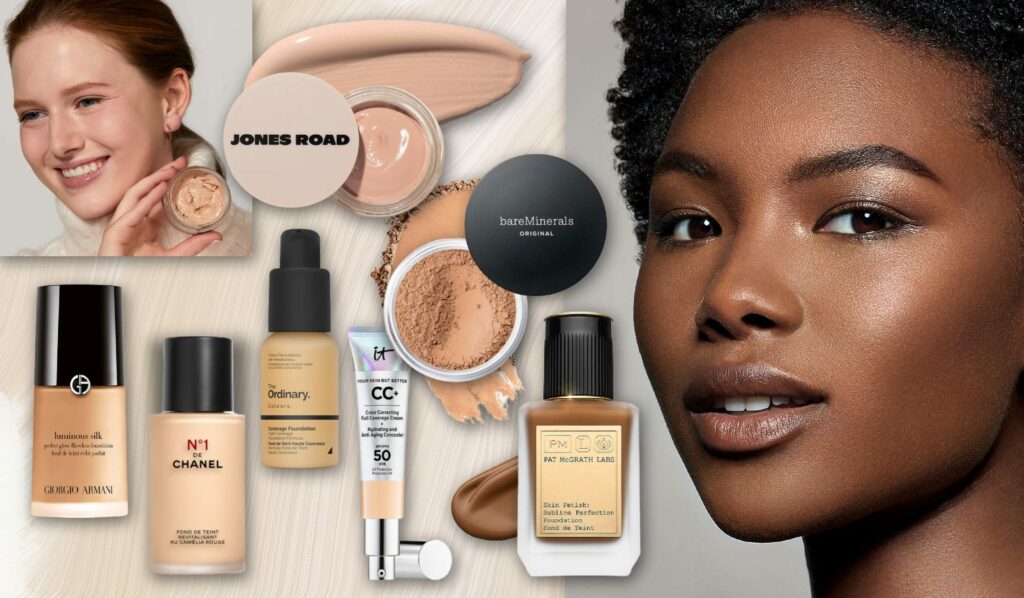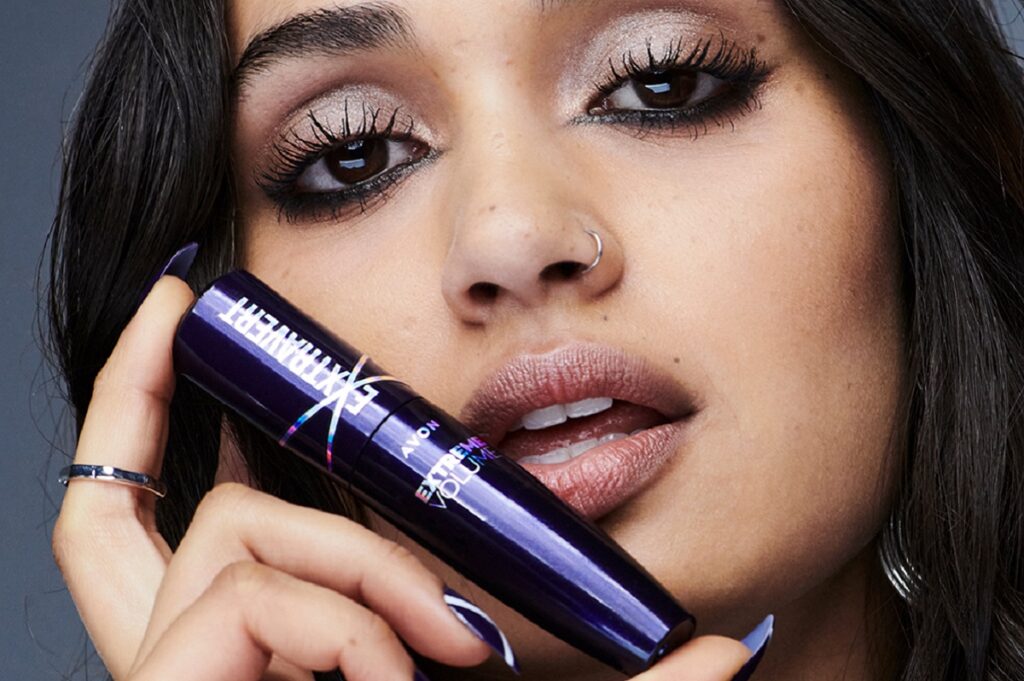Introduction
In the world of cosmetics, one product stands as the cornerstone of any makeup routine: foundation. Foundation is not just a cosmetic product; it’s a transformative tool that can enhance your natural beauty, boost your confidence, and create a flawless canvas for other makeup products. Whether you’re a makeup enthusiast or a newbie in the world of cosmetics, understanding the nuances of using foundation can make a world of difference in achieving that radiant and flawless look you desire.
Finding the Perfect Shade
Choosing the Right Undertone
Before you start applying foundation, it’s crucial to find the perfect shade that matches your skin tone and undertone. Undertones can be warm, cool, or neutral. To determine your undertone, check the veins on the inside of your wrist. If they appear green, you likely have warm undertones. If they appear blue, cool undertones are more suitable for you. If the veins seem to be a mix of both, you have a neutral undertone.
Testing and Blending
Once you have an idea of your undertone, it’s time to test foundation shades. Apply a few swatches on your jawline and neck area, and choose the shade that seamlessly disappears into your skin. Remember, foundation should enhance your natural beauty, not mask it. Blend the shade well to ensure a smooth transition from your face to your neck.
Prepping Your Canvas
Cleansing and Moisturizing
Before applying foundation, it’s essential to start with a clean and moisturized face. Cleansing removes dirt and excess oil, while moisturizing creates a hydrated base for the foundation. Allow your moisturizer to sink in for a few minutes before moving on to the next step.
Priming for Perfection
Primer acts as a bridge between your skincare and makeup, creating a smooth surface for foundation application. It minimizes pores, blurs imperfections, and ensures that your foundation stays put throughout the day. Choose a primer that suits your skin type, whether it’s hydrating, mattifying, or illuminating.
Applying Foundation Like a Pro
Tools of the Trade
The tools you use for foundation application can make a significant difference. You can opt for a makeup sponge, foundation brush, or your fingertips. Sponges provide a natural finish, brushes offer precise application, and fingers can blend foundation seamlessly for a second-skin effect.
Techniques for Flawless Finish
Start by applying small dots of foundation on your forehead, cheeks, nose, and chin. Then, using your chosen tool, blend the foundation outward in gentle, tapping motions. Pay extra attention to areas where you need more coverage, like blemishes or redness. Remember, less is more; you can always build up the coverage if needed.
Setting the Base
The Power of Setting Powder
To ensure your foundation stays in place, setting powder is a must. Apply a translucent powder to areas prone to shine, like your T-zone. For a more radiant finish, you can skip powder on the outer areas of your face.
Finishing Spray for Longevity
A setting spray helps lock in your makeup, providing a natural, long-lasting finish. It also helps meld all the layers of makeup together, creating a harmonious look. A few spritzes of setting spray will keep your base looking flawless for hours.
Embracing Your Base Brilliance
As you gaze at your reflection, you’ll appreciate the magic of a well-applied foundation. It’s not about masking your features; it’s about enhancing what makes you uniquely beautiful. Your skin will have a radiant glow, imperfections will be softened, and your confidence will shine through.
Achieving a Natural Look
Less is More
When applying foundation, it’s important to remember that less is often more. The goal is to enhance your skin’s natural beauty, not mask it entirely. Using too much foundation can lead to a heavy, unnatural look. Start with a small amount and build up coverage only where needed.
Concealing with Precision
Foundation can provide some coverage, but for blemishes, dark circles, and areas that need extra attention, concealer is your best friend. Apply concealer after foundation to avoid unnecessary product buildup. Use a shade that matches your skin tone for blemishes and a slightly lighter shade for under-eye areas.
Special Considerations
Foundation for Mature Skin
As we age, our skin’s texture and needs change. Opt for a hydrating foundation that doesn’t settle into fine lines or emphasize wrinkles. A lightweight, serum-based foundation can provide a natural, youthful glow.
Foundation for Special Occasions
For special events or occasions where you want your makeup to last all day and night, long-wear foundation is your go-to option. These formulas are designed to withstand heat, humidity, and stress, ensuring your makeup stays impeccable.
Breaking the Rules: Creative Uses of Foundation
Contouring and Highlighting
Foundation can also be used for contouring and highlighting. Choose a shade slightly darker than your skin tone for contouring the hollows of your cheeks, jawline, and nose. Use a lighter shade on the high points of your face, like the tops of your cheekbones and the bridge of your nose.
Color Correcting
If you have specific skin concerns like redness or sallowness, color-correcting foundations can come to the rescue. These foundations are formulated to neutralize unwanted undertones, giving you an even base for your regular foundation.
Conclusion
In the world of makeup, foundation is the base upon which beauty blossoms. Its transformative power lies not in hiding imperfections, but in embracing and enhancing your unique features. By selecting the right shade, applying it skillfully, and adding your personal touch, you can achieve a radiant look that exudes confidence and allure.
So, whether you’re stepping out for a casual brunch or preparing for a glamorous evening, remember that the brilliance of your base sets the tone for your entire makeup journey.
FAQs
1. Can I mix different foundation shades?
Absolutely! Mixing foundation shades can help you create a customized match for your unique skin tone.
2. How can I prevent my foundation from looking cakey?
To prevent a cakey appearance, start with a light layer of foundation and build up coverage gradually. Proper skincare prep and blending are also key.
3. Is foundation suitable for all skin types?
Yes, there are foundations designed for various skin types, from oily to dry. Choosing the right formula is essential for a flawless finish.
4. Can I wear foundation every day?
Wearing foundation daily is fine as long as you cleanse your skin thoroughly at the end of the day and allow your skin to breathe regularly.
5. What’s the difference between dewy and matte foundation?
Dewy foundation provides a radiant, glowing finish, while matte foundation offers a more velvety, shine-free look. Choose based on your desired overall look.




